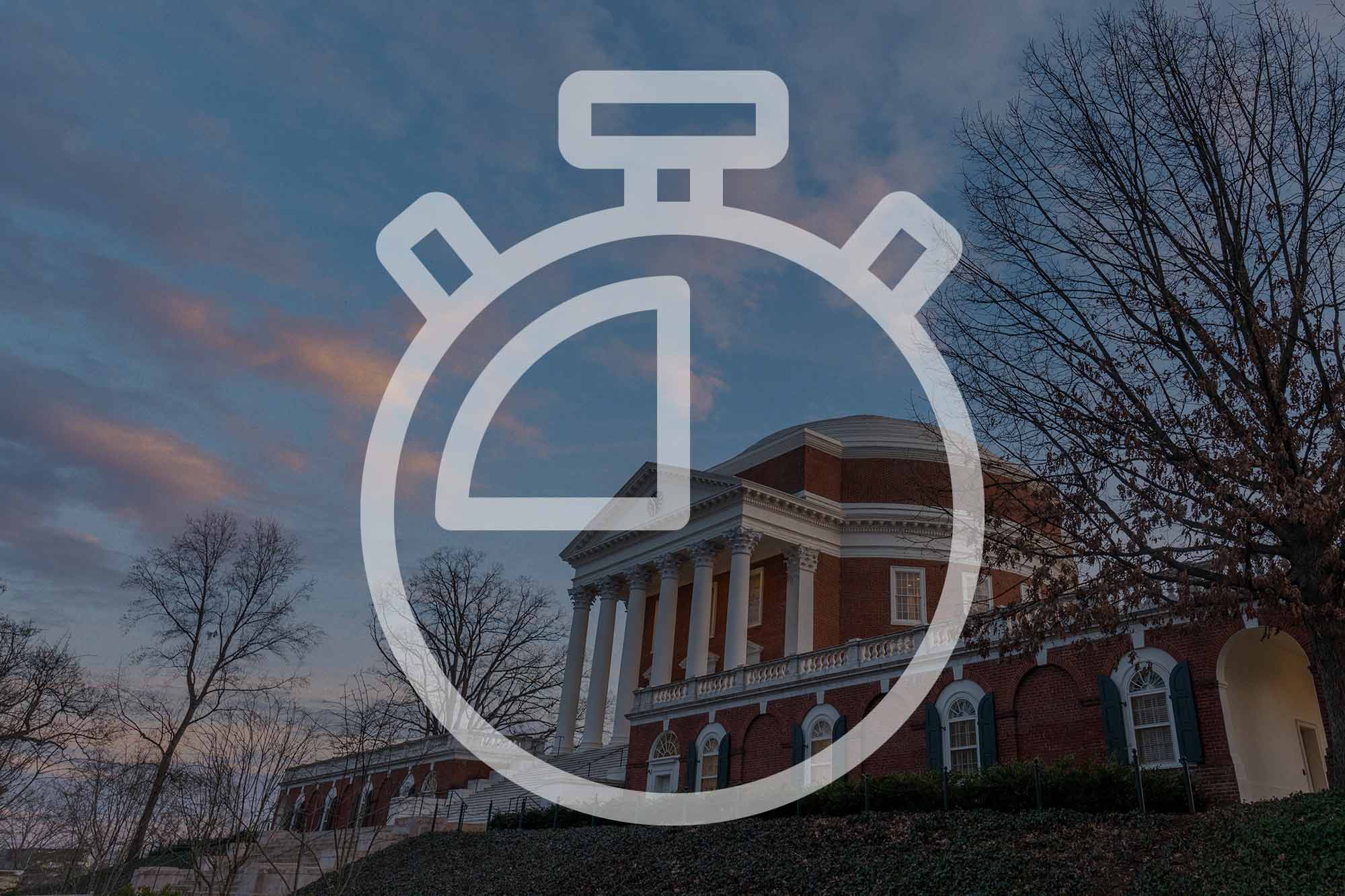University of Virginia leaders reached out to the school’s estimated 60 students from Turkey and Syria on Monday to offer “our heartfelt support” following a deadly temblor that has killed thousands of people in the Middle East.
“We are writing to express our heartfelt support to all students who are from Turkey and Syria or have family, friends and associates there,” wrote Robyn Hadley, UVA’s vice president, dean of students and chief student affairs officer.
Stephen Mull, the vice provost for global affairs, joined Hadley in offering institutional support to students who are suffering.
They encouraged students to make an appointment with the school’s Counseling and Psychological Services. Additionally, students can access “TalkNow” through the TimelyCare app.
Students are also encouraged to email any questions to either vpse@virginia.edu in Hadley’s office or globalaffairs@virginia.edu in Mull’s office.
Lab Validates UVA Profs’ Planet, Star, Supermassive Black Hole Theory
A Princeton University lab announced Friday the validation of a major scientific theory that originated at the University of Virginia. The theory seeks to explain the formation of planets, stars and supermassive black holes.
The Princeton Plasma Physics Laboratory had been trying for two decades to replicate the principles laid out in the Standard Magnetorotational Instability theory, or SMRI, which was first proposed in 1991 by UVA theorists Steven Balbus and the late John Hawley.
“This is great news,” Balbus said. “To now be able to study this in the laboratory is a wonderful development, both for astrophysics and for the field of magnetohydrodynamics more generally.”
Though their theory had already worked out mathematically, proving it took a physical experiment. Princeton University detailed the research, which involved spinning cylinders containing a liquid metal alloy. The fluid was enclosed in a magnetic field.
Ordinarily, matter orbiting a central object – the Earth orbiting the sun, for example – doesn’t fall into the object because outward centrifugal force counteracts the pull of gravity.
However, scientists know that swirling clouds of dust and plasma in the universe, called accretion disks, do collapse into celestial bodies. That falling in is part of how planets, stars and supermassive black holes are formed, in an initial plasma “soup” of positively and negatively charged particles.
The Balbus-Hawley theory states that in such a fluid, electricity-conducting environment, a springiness develops in the magnetic field that alters angular momentum over time. The degradation process occurs over millions, if not billions, of years.
Media Contact
University News Senior Associate Office of University Communications
jak4g@virginia.edu (434) 243-9935
Article Information
May 2, 2024




